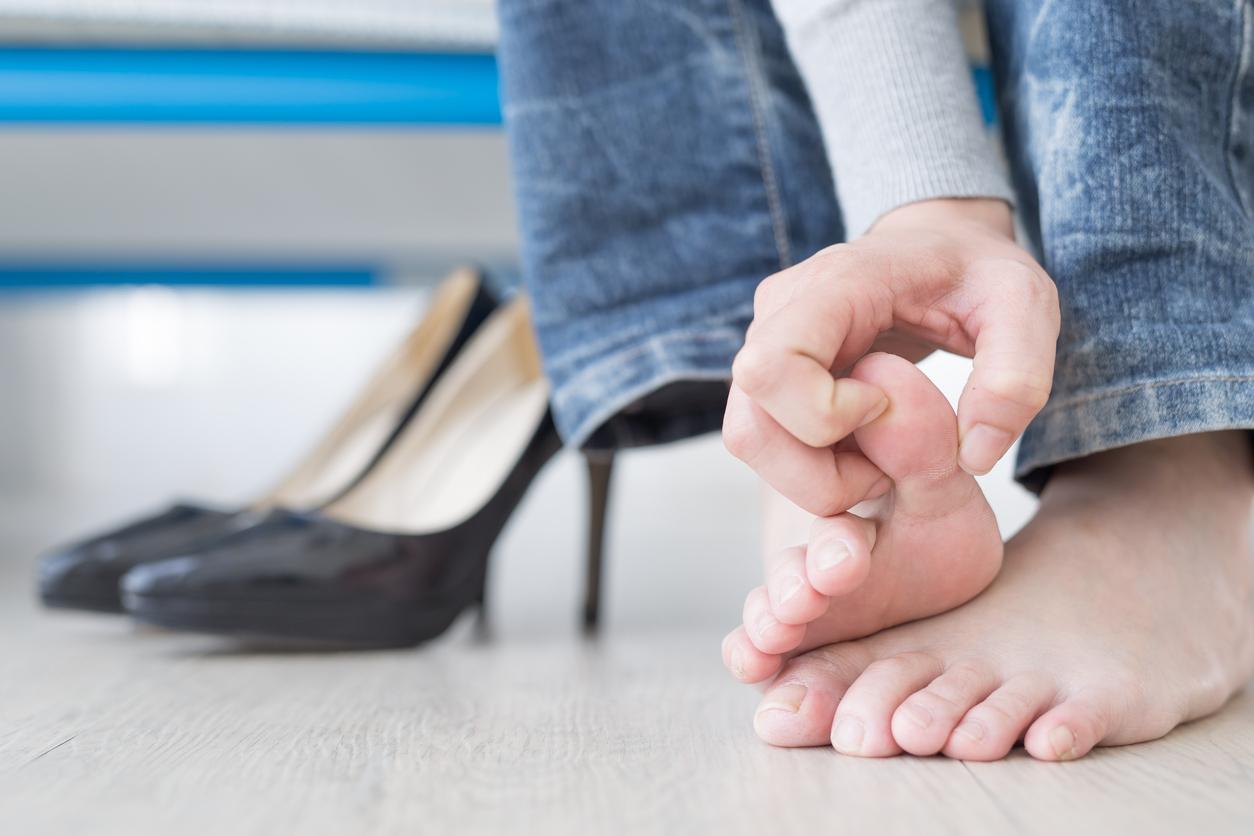An innovative treatment that short-circuits pain has been successfully tested on people suffering from chronic back pain that is resistant to currently available treatments.

People with back pain that is resistant to currently available treatments could experience significant and lasting relief with treatment with spinal ganglia stimulation (DRG), an innovative treatment that bypasses pain, according to a new report. study. The spinal ganglia are nerve ganglia located on the nerve roots providing sensitivity and pain, in the immediate vicinity of the spinal cord, and therefore in the spine.
An alternative to spinal cord stimulation, DRG stimulation disrupts pain signals with the advantage of specifically targeting the roots responsible for pain. It avoids unnecessary stimulation of nerve fibers that come from non-painful areas, which can occur during spinal cord stimulation. It is also a good alternative to medication.
A marked reduction in pain, even one year later
“Members of our cohort who received DRG stimulation experienced a marked reduction in pain, even one year later, which is remarkable,” says Robert J. McCarthy, pharmacist, professor at Rush University Medical Center ( Chicago) and study director. “They had tried many treatments, from medications to spinal cord stimulation to surgery, but got little to no lasting pain relief. For the most part, the DRG stimulation really improved their quality of life,” he continues.
DRG stimulation therapy interrupts the pain signal between the painful area and the brain. Pulses replace the pain with another, more tolerable sensation, such as tingling or numbness. The level of current delivered by the device is programmed by an anesthesiologist or other specialist according to each patient’s pain.
With spinal cord stimulation, electronic impulses are sent along the spine, but do not target the specific source of pain like DRG stimulation can. Furthermore, this DRG stimulation requires less electrical current, because there is less fluid around the spinal ganglia.
84% of 18-24 year olds say they have had back pain
As part of the study, researchers implanted DRG stimulation devices in 67 people with chronic back pain. Patients were followed for 3 to 18 months. Before implantation of the DRG device, most participants rated their pain at 8 on a scale of 1 to 10. After implantation, the median pain score fell to 5 on the same scale, a decrease of 33%. 94% of patients said the treatment was beneficial and improved their quality of life. Only downside: “it is technically more difficult to place the electrodes”, note the researchers.
Nine out of ten French people have already suffered from back pain, according to an OpinionWay survey for Vexim. 38% of those affected say they have back pain more than 10 times in the past five years. Women are much more affected than men. Even more worrying, 84% of 18-24 year olds say they have already had back pain, referred to by specialists as “the evil of the century”. These results deserve to be confirmed in a comparative study, but the results seem very promising.

.

















